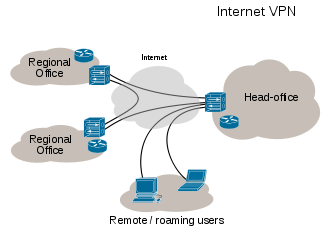
TENA middleware was developed by the U.S. Department of Defense to serve as a advanced foundation for the next generation of network-centric systems. The combination of TENA middleware and NetAcquire hardware/software systems offers a major enhancement to networked aerospace data collection systems:-
- Standardized, vendor-neutral interfaces to telemetry, radar, and data acquisition systems
- Pre-engineered and tested middleware available at no-charge to government user
- Fully distributed network capability, in addition to being backward compatible with most non-networked legacy equipment, such as mid- generation radars
- Guaranteed real-time performance designed to meet low-latency, deterministic requirements
- Powerful publish/subscribe data distribution to unlimited network destinations
- A standard mechanism for efficiently communicating structured data (objects) over network.
- Pre-engineered vendor-neutral interfaces for common aerospace objects as well as a powerful extension mechanism for creating new interfaces.
NetAcquire Background
NetAcquire systems are highly re-configurable, real-time telemetry and data acquisition products. Their field-proven COTS architecture dramatically reduces system cost while at the same time providing straightforward, flexible support for almost any type of I/O signal, data format, and real-time data processing requirement. NetAcquire products provide TENA middleware with the real-world interfaces necessary to implement a wide range of TENA-compliant solutions and NetAcquire products are all available with a pre-installed TENA middleware option. NetAcquire products also run a true real-time operating system, which in turn allows TENA to run in guaranteed real-time. This support for low-latency, deterministic system operation opens the door for TENA deployments into the widest possible range of mission-critical aerospace data collection applications.
TENA/NetAcquire Example --A Radar Gateway
Most mid-generation radars lack network capability, requiring communication using legacy serial data protocols and limiting interoperability.NetAcquire systems provide built-in synchronous serial and digital interfaces for directly connecting to almost any existing radar. Serial data from the radar is ingested, converted into appropriate user coordinates, and published onto any network using TENA. This allows off-the-shelf PCs to easily access all radar control, status, and target data using convenient function calls supplied by TENA. For example, to point a radar, simply call: Radar.point(azimuth, elevation)




